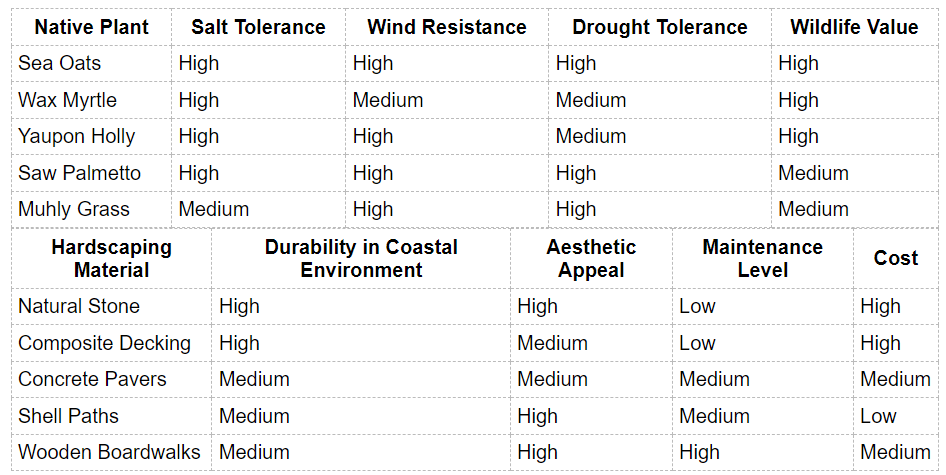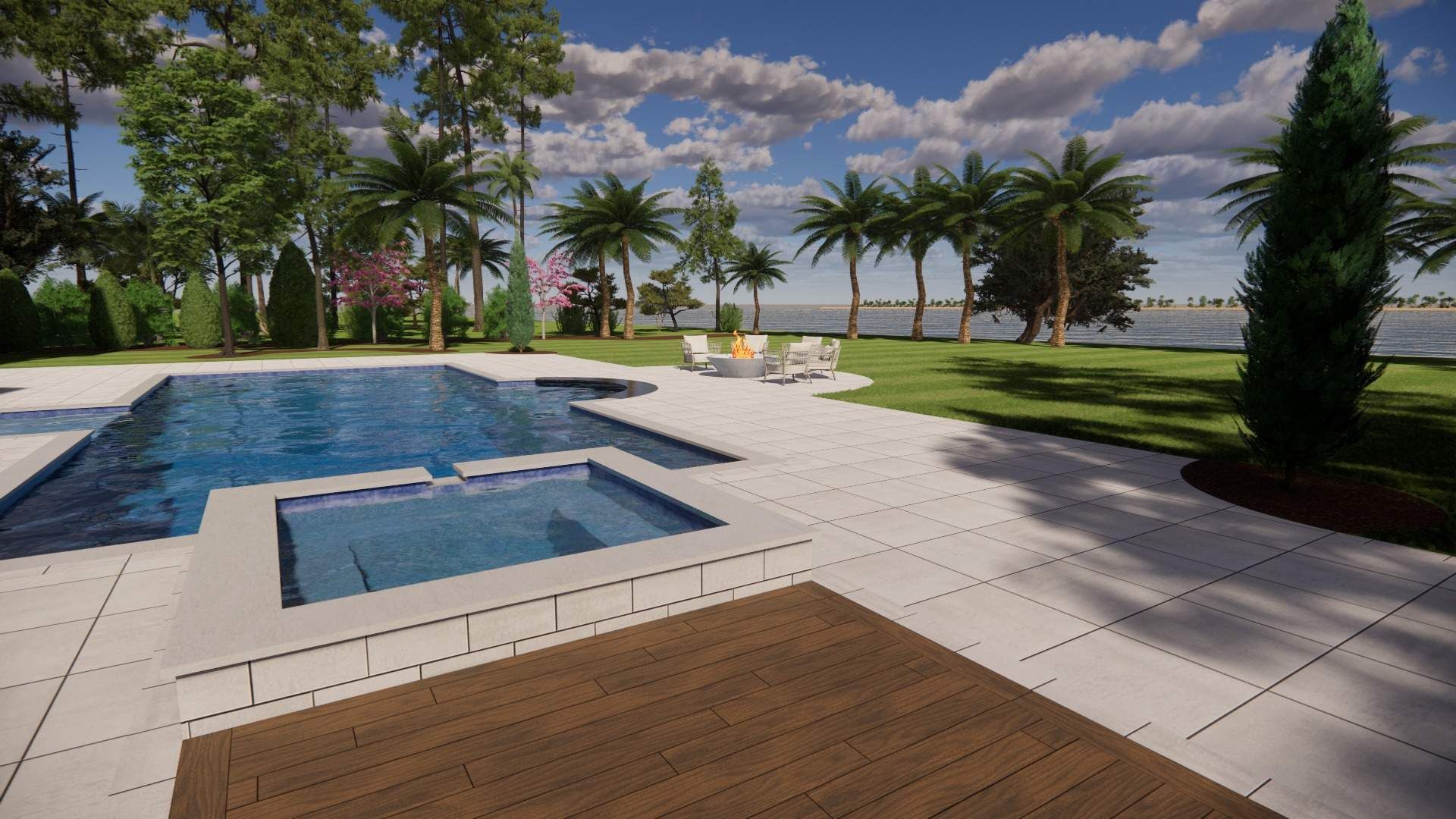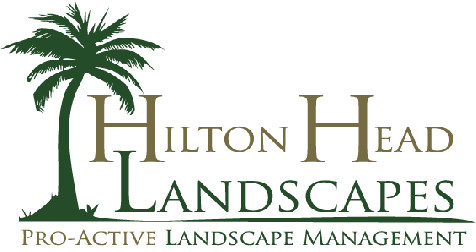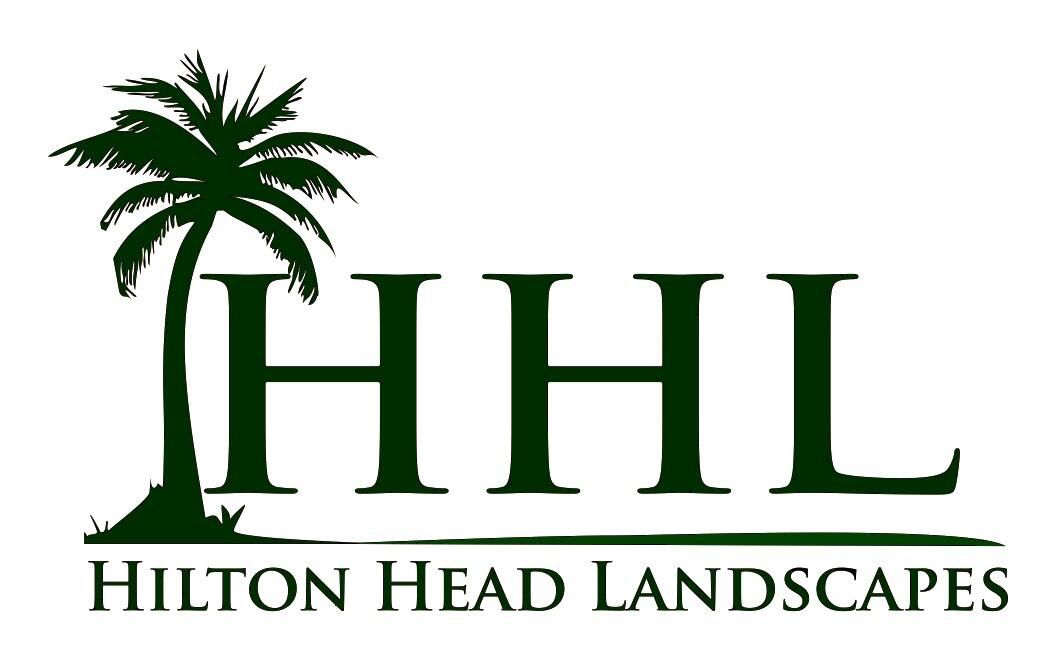Beach Property Landscaping: Coastal Beauty Meets Functional Design
Key Takeaways:
- Native plants are essential for beach property landscaping, offering resilience to salt and wind
- Drought-tolerant species help conserve water in sandy coastal soils
- Erosion control techniques are crucial for protecting beachfront properties
- Hardscaping elements like decks and pathways enhance outdoor living spaces
- Low-maintenance designs are ideal for vacation homes and rental properties
- Local regulations often dictate landscaping choices in coastal areas
Beach property landscaping requires a unique approach that balances aesthetics with the practical needs of a coastal environment. The salty air, strong winds, and sandy soil present challenges that demand careful plant selection and design considerations. Let's explore how to create a beautiful and functional landscape for your beach property.
Understanding the Coastal Environment
The first step in successful beach property landscaping is to understand the unique conditions of the coastal environment. Hilton Head Island, located in South Carolina, has a subtropical climate with hot summers and mild winters. This climate, combined with the coastal location, creates specific challenges for landscaping.
Salt Tolerance: A Must for Coastal Plants
Plants near the beach must be able to withstand salt spray from the ocean. Salt can damage leaves and roots, so choosing salt-tolerant species is crucial. Some examples of salt-tolerant plants that thrive on Hilton Head Island include:
- Sea oats
- Saltmeadow cordgrass
- Yaupon holly
- Wax myrtle
These plants not only survive in salty conditions but also help stabilize dunes and prevent erosion.
Wind Resistance: Keeping Your Landscape Intact
Strong coastal winds can damage plants and erode soil. Selecting wind-resistant plants and using windbreaks can help protect your landscape. Consider using:
- Saw palmetto
- Oleander
- Pittosporum
- Southern magnolia
These plants have sturdy structures that can withstand high winds without breaking or uprooting.
Choosing the Right Plants for Your Beach Property
When selecting plants for your beach property landscape, focus on native species that are adapted to the local conditions. These plants require less maintenance and are more likely to thrive in the coastal environment.
Native Plants: The Foundation of Coastal Landscaping
Native plants are the backbone of any successful beach property landscape. They're adapted to the local climate and soil conditions, making them more resilient and easier to maintain. Some native plants well-suited for Hilton Head Island include:
- Live oak
- Sweetgrass
- Muhly grass
- Eastern red cedar
These plants not only look beautiful but also provide habitat for local wildlife, contributing to the ecosystem of the island.
Drought-Tolerant Species: Conserving Water in Sandy Soils
Sandy soils typical of beach properties drain quickly, making water conservation important. Drought-tolerant plants can thrive with minimal watering, reducing maintenance needs and conserving resources. Consider incorporating:
- Lantana
- Blanket flower
- Prickly pear cactus
- Sedum
These plants can withstand periods of drought and still maintain their beauty, making them perfect for beach property landscapes.
Designing Your Beach Property Landscape
Creating a functional and attractive landscape for your beach property involves more than just plant selection. The overall design should complement the natural beauty of the coastal environment while meeting your practical needs.
Creating Outdoor Living Spaces
Beach properties are all about enjoying the outdoors. Incorporate areas for relaxation and entertainment into your landscape design. Consider adding:
- A raised deck with ocean views
- A cozy fire pit area for evening gatherings
- An outdoor kitchen for beachside barbecues
These features can extend your living space and allow you to make the most of your coastal location.
Pathways and Access Points
Well-designed pathways are essential in a beach property landscape. They provide easy access to different areas of your property and can prevent damage to sensitive plants. Use materials that complement the coastal aesthetic, such as:
- Shell paths
- Wooden boardwalks
- Natural stone pavers
These materials blend well with the beach environment and can withstand the harsh coastal conditions.
Erosion Control: Protecting Your Property
Erosion is a significant concern for beach properties. Implementing erosion control measures can help protect your landscape and the property itself.
Planting for Dune Stabilization
Dunes are natural barriers that protect coastal properties from storm surge and erosion. Planting native dune grasses can help stabilize these important features. Some effective dune-stabilizing plants include:
- Sea oats
- American beach grass
- Bitter panicum
These plants have extensive root systems that help hold sand in place, preventing erosion during storms and high tides.
Retaining Walls and Terracing
In areas with steep slopes, retaining walls and terracing can help prevent soil erosion. These structures can be both functional and attractive, adding visual interest to your landscape. Consider using:
- Natural stone walls
- Timber retaining structures
- Gabion baskets filled with local stones
These elements can be designed to blend seamlessly with your overall landscape while providing crucial erosion control.
Maintenance Considerations for Beach Property Landscapes
Low-maintenance designs are ideal for beach properties, especially if the property is a vacation home or rental. Consider these maintenance-reducing strategies:
Mulching: Conserving Moisture and Reducing Weeds
Applying a layer of mulch around plants helps retain soil moisture and suppress weed growth. In coastal areas, consider using:
- Pine straw
- Crushed shells
- Pebbles
These materials complement the beach aesthetic while providing practical benefits to your plants.
Irrigation Systems: Efficient Watering Solutions
While many coastal plants are drought-tolerant, an efficient irrigation system can help establish new plantings and maintain your landscape during dry periods. Consider:
- Drip irrigation for targeted watering
- Smart controllers that adjust based on weather conditions
- Rain sensors to prevent overwatering
These systems can help conserve water while keeping your landscape healthy and vibrant.
Regulatory Considerations for Beach Property Landscaping
Before starting any landscaping project on your beach property, it's important to be aware of local regulations that may affect your plans.
Setback Requirements
Many coastal areas have setback requirements that dictate how close to the shoreline you can build or landscape. On Hilton Head Island, these regulations help protect the natural beach ecosystem and ensure public access to the shore.
Protected Species and Habitats
Certain plants and animals in coastal areas may be protected by law. For example, sea turtle nesting areas are strictly protected on Hilton Head Island. Your landscaping plans should take these protected species and habitats into account.
Permitting Process
Most significant landscaping projects on beach properties will require permits. Be sure to check with local authorities about the necessary permits before beginning any work.
Enhancing Wildlife Habitat in Your Beach Property Landscape
Creating a landscape that supports local wildlife can enhance the natural beauty of your beach property and contribute to the health of the coastal ecosystem.
Bird-Friendly Plants
Many coastal birds rely on native plants for food and shelter. Incorporate plants that produce berries or seeds, such as:
- Wax myrtle
- Beautyberry
- Yaupon holly
These plants not only attract birds but also add color and interest to your landscape throughout the year.
Butterfly Gardens
Coastal areas can be excellent habitats for butterflies. Create a butterfly garden by planting:
- Milkweed
- Butterfly weed
- Lantana
These plants provide nectar for adult butterflies and food for caterpillars, supporting the full lifecycle of these beautiful insects.

Lighting Considerations for Beach Property Landscapes
Proper lighting can enhance the beauty and functionality of your beach property landscape while also considering the needs of wildlife.
Sea Turtle-Friendly Lighting
If your property is near sea turtle nesting areas, it's crucial to use turtle-friendly lighting. This includes:
- Low-level lighting
- Shielded fixtures that direct light downward
- Amber or red LED bulbs
These lighting choices help prevent disorientation of nesting turtles and hatchlings while still providing necessary illumination for your property.
Accent Lighting for Landscape Features
Strategic lighting can highlight key features of your landscape and extend the usability of outdoor spaces into the evening. Consider:
- Uplighting for specimen trees
- Path lighting for safety and ambiance
- Subtle lighting for water features
Choose fixtures made from corrosion-resistant materials to withstand the salty coastal air.
Incorporating Water Features in Beach Property Landscapes
While the ocean is the ultimate water feature, smaller water elements can add tranquility and visual interest to your beach property landscape.
Salt-Tolerant Water Features
When selecting water features for a coastal landscape, choose materials and designs that can withstand salt exposure. Options include:
- Stainless steel fountains
- Natural stone water walls
- Ceramic pot fountains
These features can provide soothing sounds and attract birds, enhancing the coastal atmosphere of your property.
Rain Gardens for Stormwater Management
Rain gardens can help manage stormwater runoff, which is especially important in coastal areas prone to flooding. Design a rain garden using:
- Native wetland plants
- Permeable surfaces
- Strategic grading
This approach not only helps manage water but also creates an attractive landscape feature that supports local ecology.
Seasonal Considerations for Beach Property Landscaping
While Hilton Head Island enjoys a relatively mild climate year-round, there are still seasonal factors to consider in your landscape design.
Winter Interest in Coastal Landscapes
Even in winter, your beach property landscape can be attractive. Include plants that provide winter interest, such as:
- Evergreen shrubs like inkberry
- Ornamental grasses that retain their form
- Trees with interesting bark textures
These elements ensure your landscape remains visually appealing throughout the year.
Preparing for Storm Season
Coastal areas are vulnerable to storms, particularly during hurricane season. Design your landscape with storm preparedness in mind:
- Choose wind-resistant plants
- Secure or store loose outdoor items
- Maintain trees to prevent damage from falling limbs
A well-designed landscape can help protect your property during severe weather events.
Sustainable Practices in Beach Property Landscaping
Incorporating sustainable practices in your beach property landscape not only benefits the environment but can also reduce maintenance needs and costs.
Composting and Soil Improvement
Sandy coastal soils often lack nutrients. Improve soil quality naturally by:
- Creating a compost system for yard waste
- Using compost tea as a natural fertilizer
- Incorporating organic matter into planting areas
These practices enhance soil health without relying on chemical fertilizers that can harm the coastal ecosystem.
Rainwater Harvesting
Collecting rainwater can provide a sustainable water source for your landscape. Consider installing:
- Rain barrels to collect roof runoff
- Cisterns for larger storage capacity
- Permeable paving to allow water infiltration
These systems can help conserve water and reduce reliance on municipal water supplies during dry periods.

Source
- According to a report by the National Association of Realtors (NAR), landscaping can increase the value of a home by up to 14% (source). For beach properties, effective landscaping strategies can make a significant difference in curb appeal and property value.
- The use of native plants is an effective landscaping strategy for beach properties. Native plants are well-suited to the local climate and require less water and maintenance (source).
- Another effective landscaping strategy for beach properties is the use of hardscapes such as pavers, retaining walls, and water features. These elements can help prevent erosion and add visual interest to the property (source).
- Incorporating sand into the landscaping design is also a popular strategy for beach properties. Sand can be used to create a natural look and feel, as well as to help manage drainage and prevent erosion (source).
- Lastly, incorporating elements of sustainability into the landscaping design can add value to a beach property. This can include using drought-resistant plants, installing a rainwater harvesting system, and using eco-friendly materials (source).
Beach property landscaping on Hilton Head Island requires a thoughtful approach that balances beauty with practicality. By choosing native, salt-tolerant plants, implementing erosion control measures, and creating functional outdoor spaces, you can create a landscape that enhances your property and withstands the unique challenges of the coastal environment. Remember to consider local regulations, wildlife needs, and sustainable practices in your design. With careful planning and the right choices, your beach property landscape can be a stunning and resilient extension of the natural coastal beauty that surrounds it.
For more information, you can visit our website or contact us



